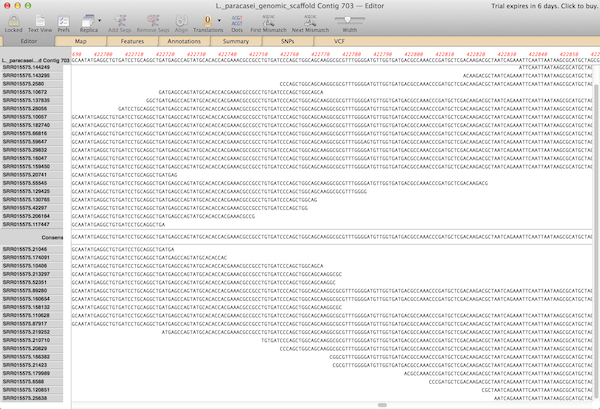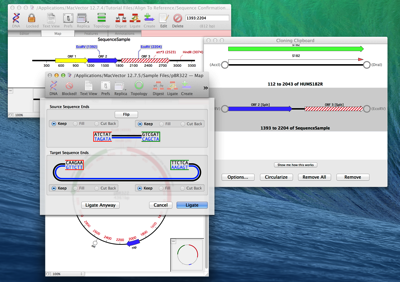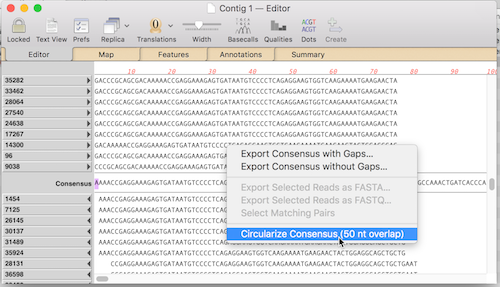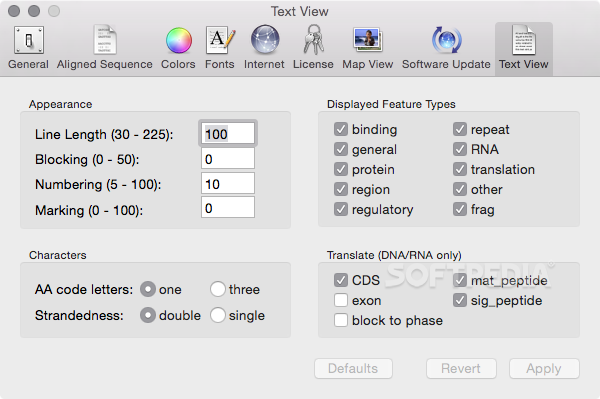
Recently, these interpretations of the stable isotope data to distinguish between autotrophy and heterotrophy have been criticized because they are confounded by increased nutrients, reverse translocation of photosynthate, and changes in irradiance that do not influence photosynthate translocation. While stable isotopes have identified most shallow water (<30 m) corals as mixotrophic, with variable dependencies on autotrophic versus heterotrophic resources, corals in the mesophotic zone (~30–150 m) transition to heterotrophy with increasing depth because of decreased photosynthetic productivity. These approaches have provided critical insights into the trophic sources and sinks that are essential to understanding larger-scale carbon and nitrogen budgets on coral reefs. Studies on the trophic ecology of scleractinian corals often include stable isotope analyses of tissue and symbiont carbon and nitrogen. Different corals appear to be doing different things which is not surprising given their phylogenetic diversity. The evidence to date suggests no uniform trophic pattern with increasing depth or decreasing light. The competing factors can be quite challenging to disentangle and have led to inconsistent results & conclusions regarding trends of coral heterotrophy with depth. However, metrics based on bulk δ 13 C and δ 15 N values are subject to considerable uncertainty due to the multiple factors that can affect their values independent of trophic ecology. Analysis of bulk stable isotopes (δ 13 C and δ 15 N) applied to photosymbiotic corals had been used in several ways to infer their trophic ecology and their relative dependence on symbiont photosynthesis versus heterotrophic feeding.

While some evidence suggests that some depth-generalist coral species likely increase their reliance on heterotrophy with increasing depth, there is growing evidence that other species do not. However, evidence challenging this traditional dogma has been accumulating in recent years. Conventional wisdom has long assumed that mixotrophic corals must increasingly rely on heterotrophy as the ambient light available to drive photosynthesis decreases with depth. In warm oligotrophic waters, photosymbiotic coral can flourish across a wide depth range (0-170+ m) extending to depths where light attenuates to ~0.1% of surface values. Below these depths, significant changes in the genetic composition of the zooxanthellae community, including genotypes not previously observed, occur and suggest that there is strong selection for zooxanthellae that are suited for survival in the light-limited environment where mesophotic M. Both morphological and physiological photoacclimatization occurs to a depth of 91 m, and stable isotope data of the host tissues, symbionts, and skeleton reveal a marked decrease in productivity and a sharp transition to heterotrophy between 45 and 61 m.

cavernosa while gross primary productivity decreases with depth.

These measurements show that the quantum yield of PSII fluorescence increases significantly with depth for M.

heterotrophy was assessed for this coral from 3 to 91 m. Using a range of optical, physiological, and biochemical approaches, the relative dependence on autotrophy vs. In the Bahamas, the coral Montastraea cavernosa has a wide depth distribution, and it is one of the most numerous corals at mesophotic depths. We know that the light environment is an important component of the productivity, physiology, and ecology of corals, and it restricts the distribution of most species of coral to depths of 60 m or less. Compared to their shallow-water counterparts, these mesophotic coral reefs (30-150 m) are understudied, which has slowed our broader understanding of the biodiversity, ecology, and connectivity of shallow and deep coral reef communities. Most studies on coral reefs have focused on shallow reef (< 30 m) systems due to the technical limitations of conducting scientific diving deeper than 30 m.


 0 kommentar(er)
0 kommentar(er)
